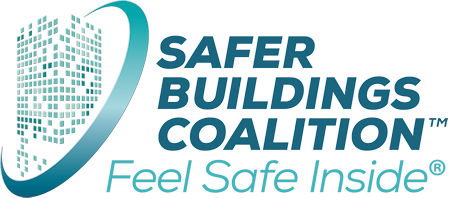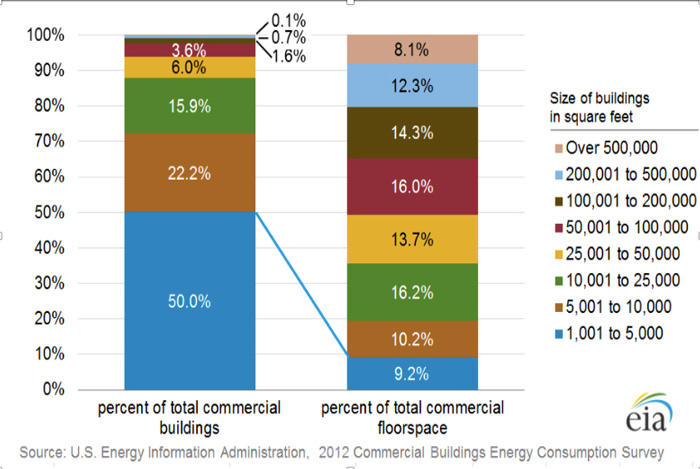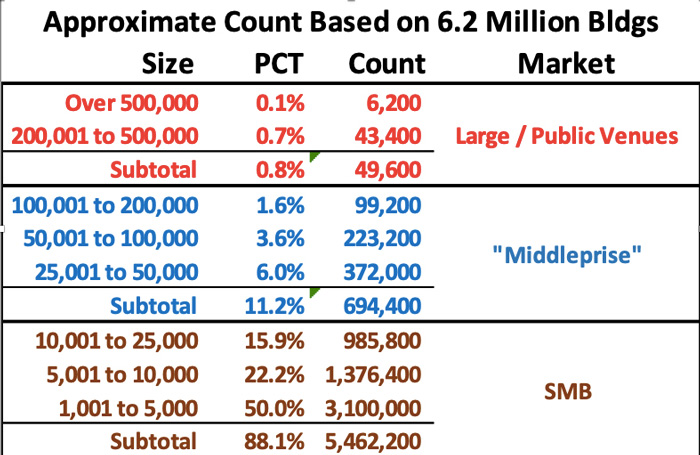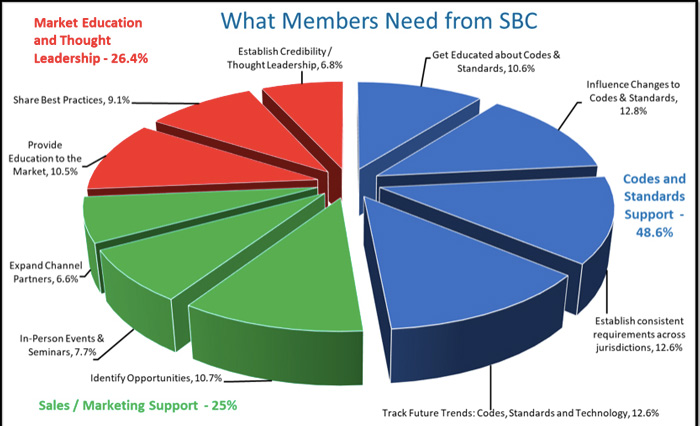Safer Buildings Coalition – Has the Mission Changed?
Posted on May 22, 2020
If you ask long-time industry leaders how they would describe the Safer Buildings Coalition (SBC), chances are they will say something like: “The Safer Building Coalition focuses on in-building public safety LMR (Land Mobile Radio) used by firefighters and the model fire codes that... .”
It is not their fault. It’s ours.
SBC Mission (10/7/2014)... From our inception before the FCC in February 2012, the Safer Buildings Coalition has been at the forefront advancing the idea that wireless technology makes people inside large buildings safer.
When the public can use their mobile phones to call for help, be notified when there is an emergency, and know that emergency personnel can communicate inside the building where the emergency is taking place, we will have fulfilled our mission. The Safer Buildings Coalition is an independent, non-profit organization focused on advancing policies and ideas that lead to more large buildings being served with commercial and public safety wireless coverage. Compare that with SBC’s Three Pillars of In-Building Public Safety Communications found on the front page of our website today:
They are almost identical! The current industry perception of SBC is of our own making. We have not done enough to ensure our members and the market will understand our Mission and Focus:
SBC is Honing its Focus to Better Serve the Core, Original Mission
“The SBC board of directors faced a decision,” SBC Founder and Cathedral Consulting CEO Seth Buechley said. “Continue to plod along resting on belief that the mission was important enough that others would eventually discover us and join the Coalition, or take a proactive approach to industry leadership by adding a full-time ‘operator’ to intentionally begin taking steps that would allow SBC to scale into a leading national trade association. With the hiring of Managing Director John Foley, the stage was set for rapid growth, building upon the early foundation that had been laid.”
Over the next 12 months, SBC leadership committed to grow staff, resources, and our member base. In March 2017, the SBC team consisted of one staff (Chief Alan Perdue), three board members, no volunteers, and 11 member organizations. Today, SBC has expanded to a distributed staff of nine, a fully outsourced finance and bookkeeping team, and the support of four volunteer work groups, each with a Chair and a Vice Chair, and a current tally of almost 60 volunteers and 129 member organizations! Doing Well While Doing Good These Six Practices are:
Our epiphany was that partnering with and enabling the business of our members it is not at conflict with serving our mission – it is a core value. What is SBC doing regarding these principles? A Lot. We will expand on this in a future article. More importantly, how do you think we are performing in concert with these principles?
Bi-Directional Amplifiers (BDAs), Distributed Antenna Systems (DAS), Small Cell, even future technologies like 5G and CBRS, all play a part in solving for dead zones. While innovations to address cost per square foot, better jurisdiction control over these systems, and interference management are all necessary and desirable improvements, technology is not the primary problem.
The real challenges are the business models that pay for these technologies and the regulatory and ecosystem drivers that have direct impact on these business models.
The Size of the Unmet Market Need is the Opportunity and the Challenge
The original Department of Energy report is from 2012. At the time, there were 5.6 Million commercial buildings in the US. A 1.2% annual growth rate over the past 9 years projects to a current total of about 6.2 million buildings. Based on this, there are roughly 750,000 buildings comprising the Large Venue and “Middleprise” space:
Without a robust, competent, and scalable industry that invests in both technology and business model innovation, we could never deploy enough solutions to correct the in-building coverage gaps plaguing the safety of the public.
“The need for in-building communications coverage is more important than ever,” said Alan Perdue, Executive Director of the SBC. “First Responders and the public depend on communications capabilities not only during an emergency but also while conducting routine business or personal needs.”
“Because of this demand for coverage, more companies and individuals are entering the marketplace. The experienced workforce continues to be diluted. As such, it is vital that the needs for specialized training, certification of the workforce and codes and standards be addressed. The SBC continues to provide thought leadership within each of these areas from both a strategic and tactical aspect in an effort to achieve our goals.” Chief Perdue continued. Our New Tagline: Feel Safe Inside TM
This opens the door for considering other important in-building safety technologies that can take advantage of core in-building infrastructure investments – and deepens our alignment with our members, most of whom offer much in addition to the products and services typically associated with “public safety wireless.” Location accuracy, situational awareness, wayfinding, digital signage, smart building technologies, building management systems, environmental controls – all play a role in the relative safety of buildings. As we like to say: “It takes a smart building to be a safe building.”
Good Bones – The Building Blocks of Addressing the Business Model Challenge
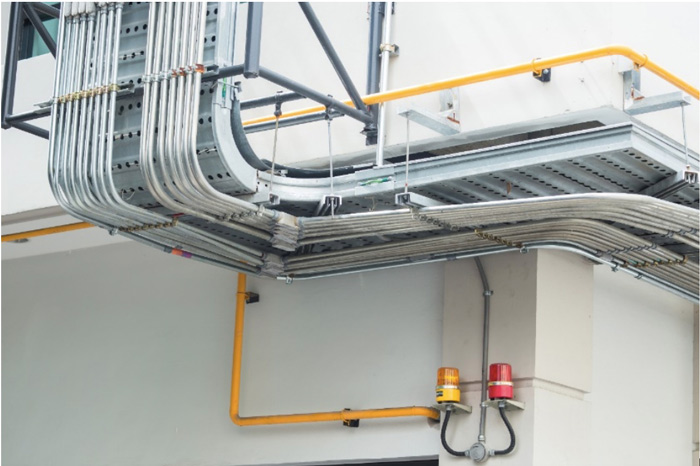 Figure 2 Good Bones: Connectivity Infrastructure These are a building’s bones, and good bones are everything! You can think of the in-building systems that ride on these bones as over-the-top applications:
Mandated Public Safety Infrastructure Spend Is the Ante That Changes the Model
Industry vendors who earn these projects establish “beachfront property” status in these buildings and the related accounts. This is because in-building public safety requirements include the need for constant monitoring and long-term re-testing and re-certification. This establishes a recurring revenue base and ongoing engagement with the property owner.
This provides the opportunity to convert capital investments to long-term leases or operating budget models, with tech-refresh cycles and other financial features not typically feasible in old-school capital leasing models. Building a Communications Infrastructure Master Plan can significantly reduce future costs and tenant inconveniences associated with re-mobilizing labor and re-opening walls and ceilings. It avoids duplicate physical infrastructure, which can usually be shared among systems.
The SBC team realized that, while we must continue to focus on the drivers that enable the in-building space and improve indoor connectivity, we must also align our members’ tools and resources to enable them to succeed in becoming more competent and robust. In a recent survey, our members told us about what they need from the Coalition:
SBC can best achive our collective mission when we inspire and earn high levels of engagement from our members. To do that, we must provide for the needs identified above, and always be asking if we are on the right track. We need you to tell us – through survey responses, work group participation, and your direct involvement - if we are on the right rack.
This is YOUR Coalition! Make it work for you, and together we will work for the Mission!
Key Takeaways to Maximize the Value of Coalition Membership
The Mission Remains the Same: Save Lives. Build an Industry. Do Well While Doing Good!
|
